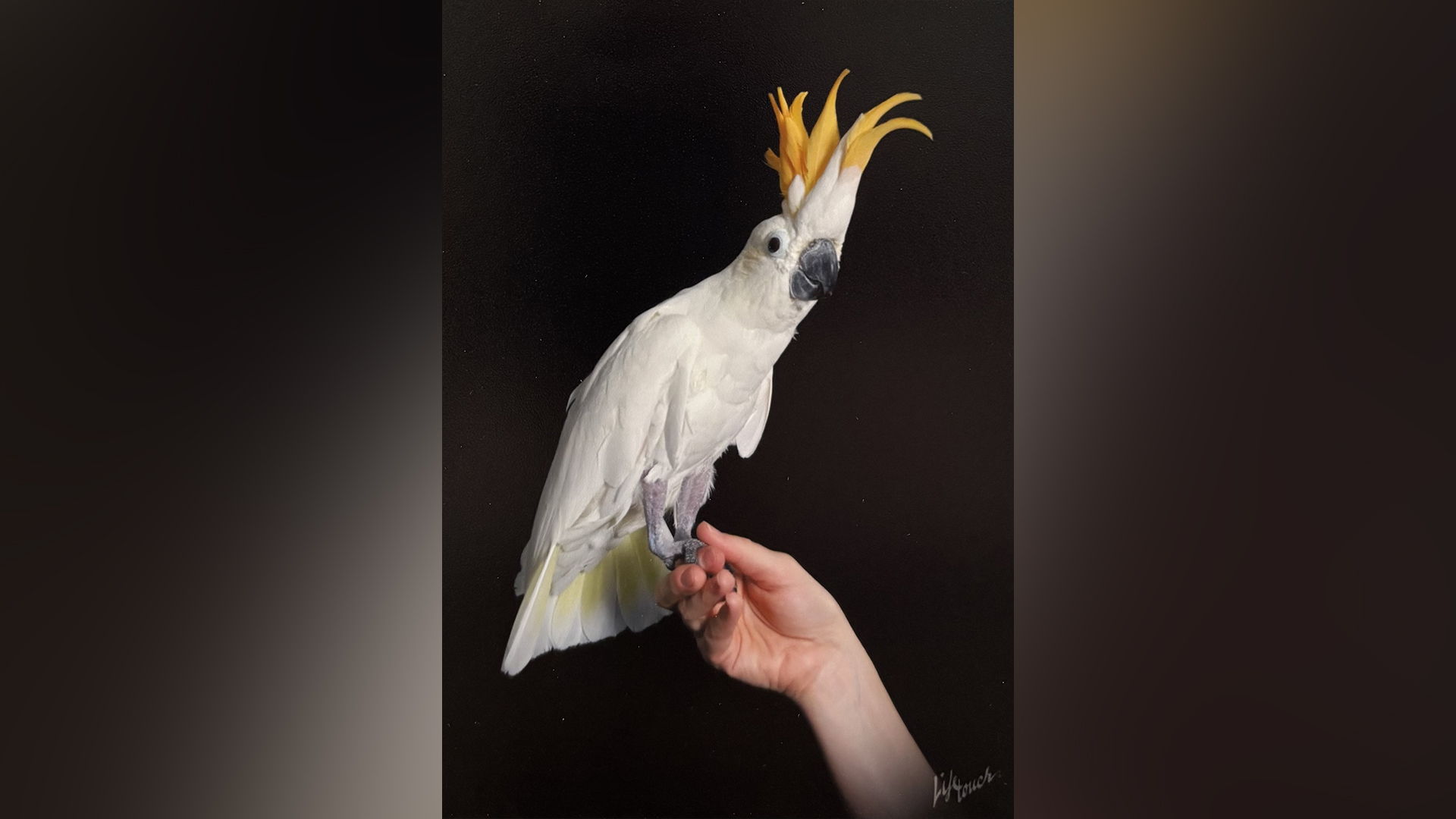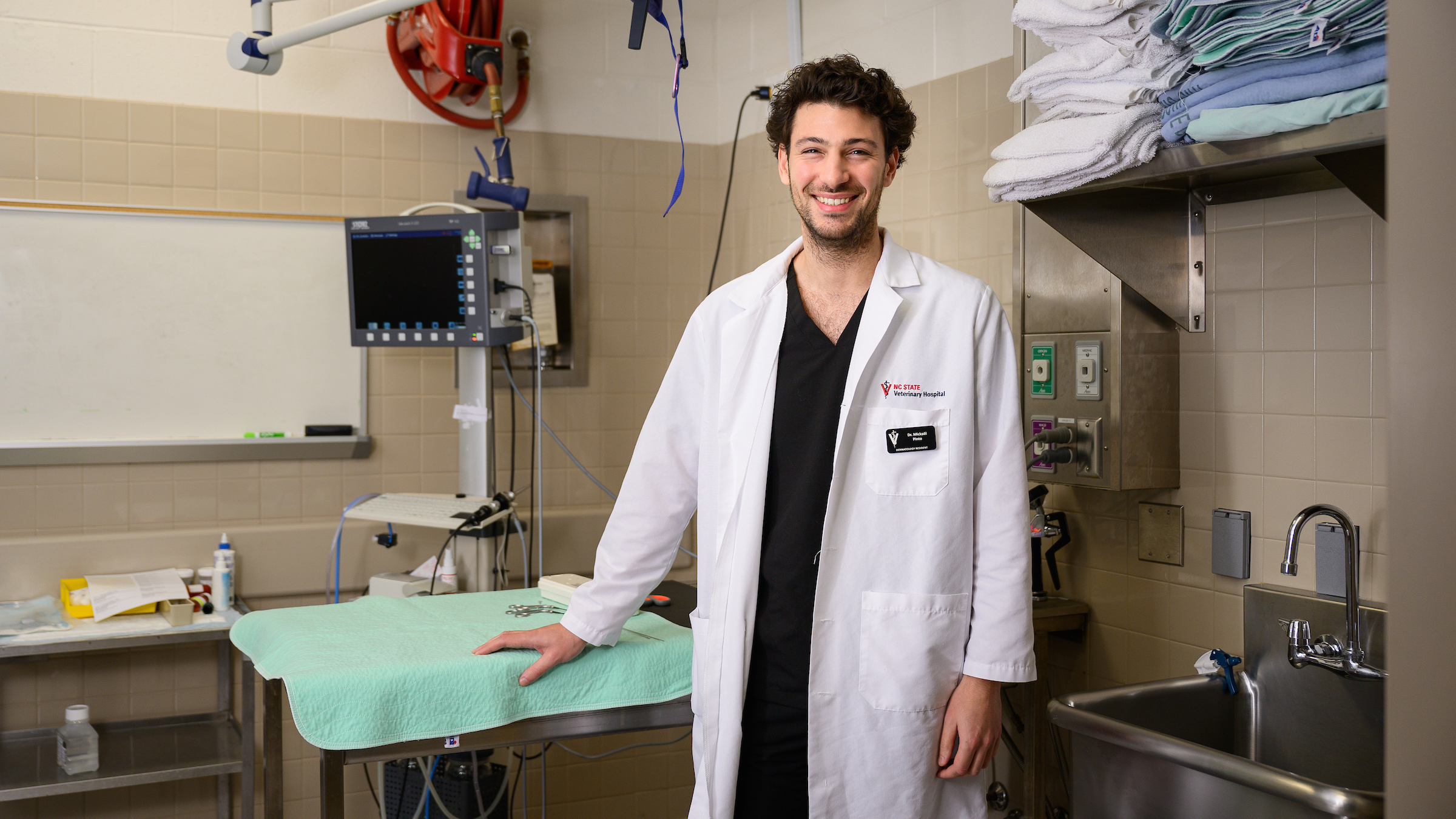Dr. Dunning on Human-Animal Bond
Dr. Dianne Dunning is the director of the Animal Welfare, Ethics, and Public Policy Program at the North Carolina State University College of Veterinary Medicine.
[section_subtitle]What is the human-animal bond and why is it of interest?[/section_subtitle]
The AVMA defines the human-animal bond as “a mutually beneficial and dynamic relationship between people and other animals that is influenced by behaviors that are essential to the health and well-being of both. This includes, but is not limited to, emotional, psychological, and physical interactions of people, other animals and the environment.”
As part of our lexicon, the human-animal bond is usually used to denote the more positive aspects of our relationships with animals, focusing on the symbiotic and mutually advantageous features of the connection. However, the human-animal bond can also produce negative or neutral consequences for either party. I think it’s important to consider the totality of our connections to animals at all levels – whether as pets, wildlife or food animals – and to understand how change to any part of the equation can significantly alter the outcomes experienced by humans, other animals and the environment as a whole.
[section_subtitle]How and why has our relationship with animals – domesticated and wild – changed? [/section_subtitle]
Our relationship with animals has evolved over thousands of years, beginning with the earliest domestication of dogs and sheep in Asia. In modern times, I believe that our concepts about animals and the roles they play in our lives have changed dramatically for a number of reasons which include socio-economic influences, technological advances and greater access to specialized veterinary care. Additionally, we demand a safe and efficient food supply today that’s as convenient as the neighborhood grocery store.
We’ve grown closer to some types of animals and more distant from others. Pets are now part of the family, no longer relegated to the barn or the backyard. In the opposite direction, most of us no longer experience or understand the lifecycle of food animals from farm to table. And as development encroaches on animal habitats, we have fewer opportunities to encounter animals truly in the wild or, conversely, we see displaced wildlife as a nuisance.
[section_subtitle]What, if anything, does this say about our current society?[/section_subtitle]
I think it shows how complicated and dichotomous our society has become. In some instances, animals are on near equal standing with humans, receiving the same care and concern that we would provide to a small child. In other situations, it’s socially acceptable to eat meat or conduct animal research. I believe most of us are ambivalent in our beliefs, able to hold conflicting views regarding our relationships with animals.
[section_subtitle]Whose ethics are involved in determining ethical treatment for animals—has what is ethical changed over time?[/section_subtitle]
Veterinarians, pet owners, animal ethicists, animal rights activists, hunters, farmers – they all play a role in determining ethical treatment of animals. Some push for immediate and sweeping changes – others are reluctant to alter the status quo or fear that moving too fast may result in unintended consequences.
Without going into a lengthy philosophical discussion, yes, in some sense, ethics do change over time. With new discoveries and medical advances, the acceptable veterinary standards of care have changed, for instance, in regard to the management of pain. Ethics and what is socially tolerated also vary from society to society – the slaughter of horses for human consumption is anathema in the United States – yet horse meat is a delicacy in France and Japan.
[section_subtitle]What role should veterinarians play in animal welfare? [/section_subtitle]
I see veterinarians as the stewards of science-based approaches to animal welfare. Veterinarians can evaluate a particular animal’s welfare on a number of levels – What physical markers must be evaluated in order to determine whether an animal is in pain or suffering under stress? Is the animal exhibiting behaviors that indicate he is reacting negatively to his surroundings? What clinical signs are suggestive of abuse or neglect?
I want to stress, though, that the veterinary viewpoint is not the only one to consider in addressing animal welfare issues. Multiple viewpoints are necessary in order to fully consider the issue as a society – and we all need to listen better to what other viewpoints are being expressed, even if they conflict with our own. In the animal welfare debate, science is a very important part of the discussion, but it should not necessarily reign supreme.


